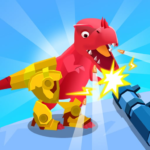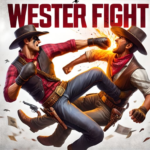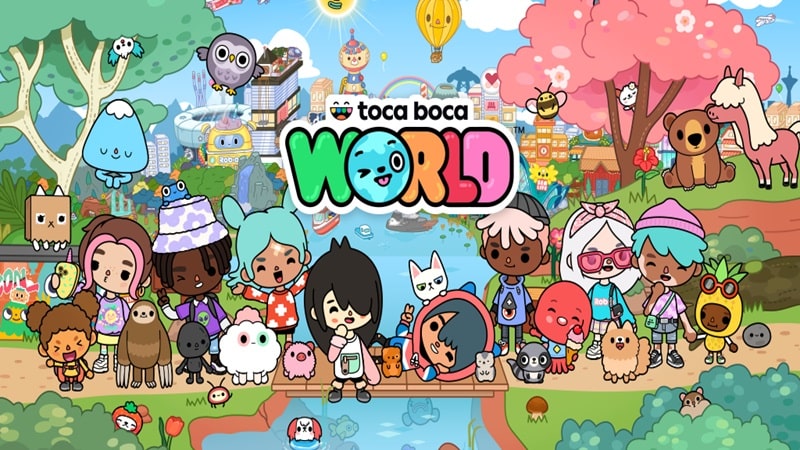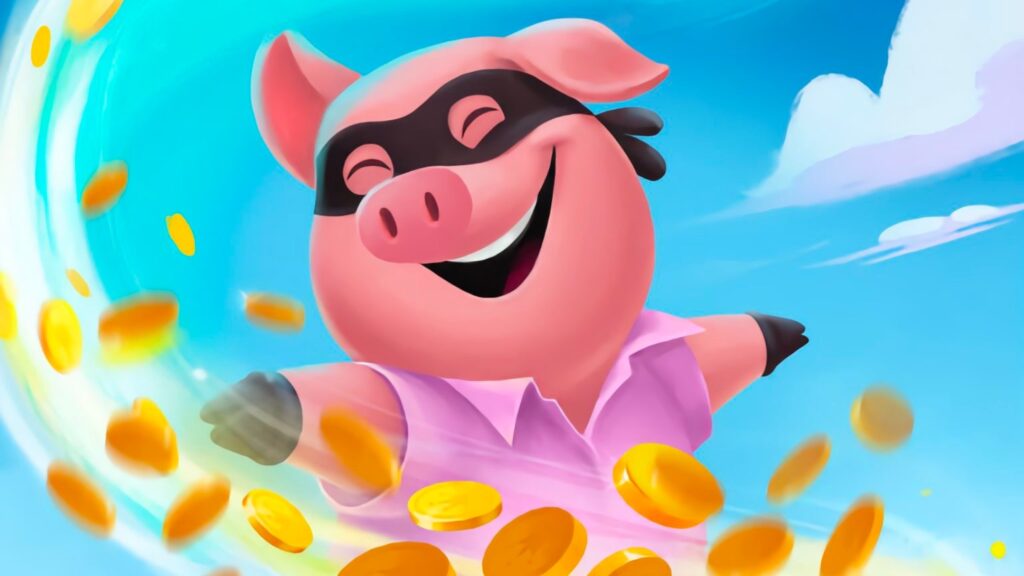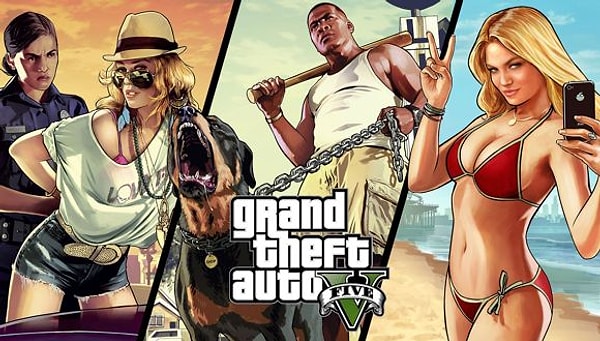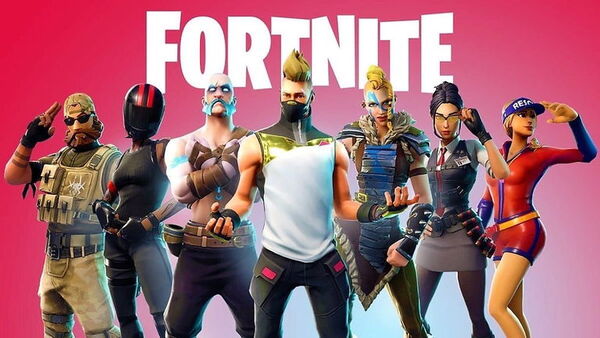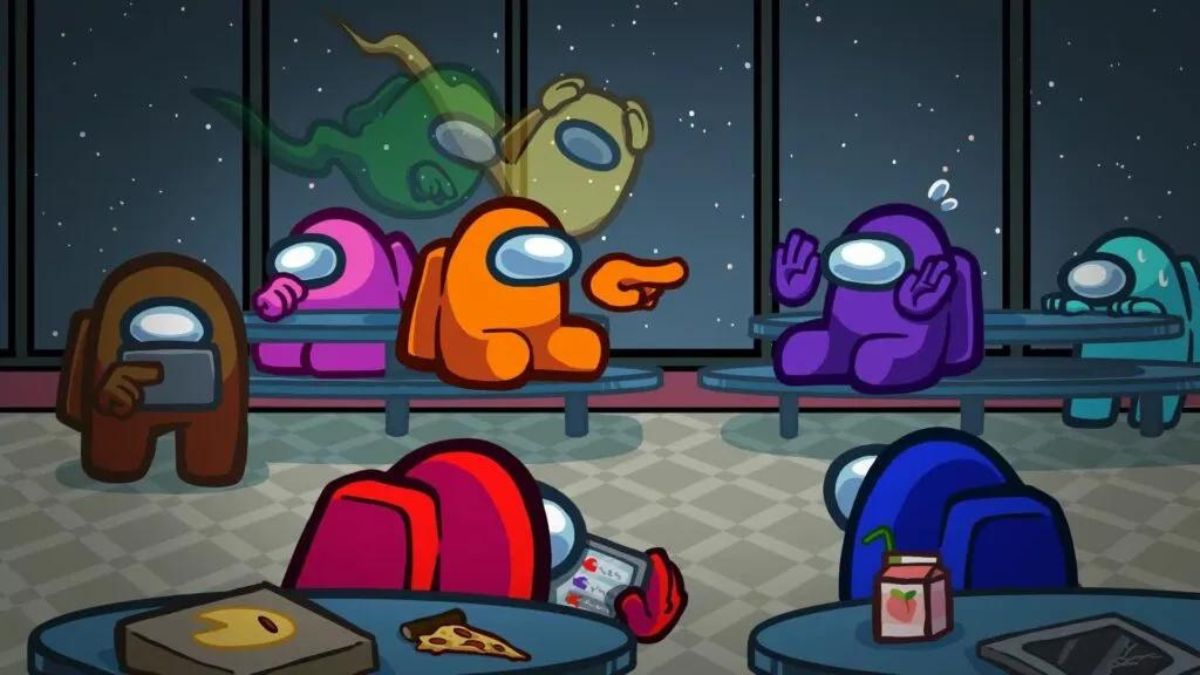Introduction
When Poppy Playtime emerged in late 2021, it caught the horror gaming community off guard. Developed by MOB Games, this indie title combined unsettling environments, toy-factory nostalgia, and innovative gameplay mechanics to deliver a chilling experience unlike any other. Set in an abandoned toy factory, the game presents a terrifying blend of puzzles, exploration, and survival as players uncover the dark secrets behind a once-beloved children’s brand gone horribly wrong.
Inspired by horror classics like Five Nights at Freddy’s and Bendy and the Ink Machine, Poppy Playtime carved its own niche with its first-person perspective, tactile interactions, and unique GrabPack mechanic. What starts as a search for answers turns into a heart-pounding escape from terrifying sentient toys like the now-iconic Huggy Wuggy. This article explores the rise, design, mechanics, and lasting impact of Poppy Playtime, providing insights into why it’s become one of the most talked-about horror titles of the decade.
1. The Origins of Poppy Playtime
The initial development of Poppy Playtime began as a small indie project by MOB Games, a studio led by YouTuber-turned-developer Isaac Christopherson. With a modest team and budget, the developers aimed to create a horror game that was more atmospheric and story-driven than the standard jump-scare fest.
Drawing heavy influence from toy-centric horror and the analog horror subgenre, MOB Games released Chapter 1 in October 2021. It was short—only about 30 minutes to complete—but instantly viral thanks to streamers, YouTubers, and its unsettling antagonist: Huggy Wuggy.
Pros:
-
Unique concept with nostalgic horror elements
-
Developed by a small, passionate indie team
-
Strong debut chapter that created a viral fan base
Cons:
-
Short initial release
-
Sparse lore made some players crave more context
Rating: 7.5/10
2. The Setting: Playtime Co. and Its Haunted Legacy
The game is set in Playtime Co., a once-thriving toy factory now long abandoned. The eerie halls, malfunctioning machinery, and disturbing signage immerse players in a world that once brought joy but is now filled with dread. This contrast between innocence and horror is what makes the setting so effective.
Players explore different areas of the factory, slowly piecing together what happened. The deeper you go, the more you realize this was no ordinary workplace. Security footage, audio logs, and blood-stained corridors suggest something sinister occurred behind the scenes.
A Factory of Fear
-
Toy assembly lines feel industrial and cold
-
Brightly colored walls hide macabre secrets
-
Level design gradually increases in tension
Pros:
-
Deeply atmospheric environments
-
Great use of lighting and sound for immersion
-
Excellent pacing and visual storytelling
Cons:
-
Limited exploration in early chapters
-
Some environments feel reused in later content
Rating: 8.2/10
3. Gameplay Mechanics and the GrabPack Innovation
One of the game’s standout features is the GrabPack—a wearable device with extendable arms that lets players grab, pull, activate, and interact with objects in creative ways. It adds a puzzle-solving dimension to gameplay rarely seen in horror titles.
Instead of relying purely on running or hiding, players use the GrabPack to reroute power, open doors, retrieve objects, or distract enemies. The tool becomes more crucial as the game progresses, evolving from novelty to necessity.
GrabPack Capabilities
-
Blue and red hands for grabbing across gaps
-
Electrical conduction for solving puzzles
-
High interactivity with the environment
Pros:
-
Unique mechanic that enhances immersion
-
Adds layers to puzzle design
-
Makes the player feel empowered without overarming them
Cons:
-
Slightly clunky aiming on some platforms
-
Limited upgrades or changes to GrabPack over time
Rating: 8.6/10
4. The Horror Elements: Fear Without Excess
While Poppy Playtime contains jump scares, its horror is more psychological. The tension builds through silence, atmospheric design, and the eerie unpredictability of its enemies. MOB Games succeeded in creating a persistent sense of dread without resorting to cheap tactics.
Huggy Wuggy’s initial chase sequence is iconic not because of a single scare, but because of the sustained anxiety it produces. Players hear him crawling through vents, breathing heavily, or see glimpses of him lurking—a masterclass in suspense-building.
Pros:
-
Effective use of sound and pacing
-
Creepy enemy designs that are visually memorable
-
Horror feels earned, not forced
Cons:
-
Some scares become predictable after repetition
-
Horror tone may not appeal to more action-focused players
Rating: 8.9/10
5. Chapter-Based Storytelling and Evolving Narrative
As of now, Poppy Playtime consists of multiple chapters, each expanding the lore and introducing new characters and threats. Chapter 2, titled "Fly in a Web," introduced Mommy Long Legs and took gameplay into longer, more elaborate sequences. Chapter 3, "Deep Sleep," introduced even darker elements and an increasingly surreal narrative.
This episodic release structure mirrors the model used by Telltale Games and episodic indie titles. It allows the story to evolve and gives the developers time to improve mechanics and respond to fan feedback.
Key Story Developments by Chapter
-
Chapter 1: Introduction to the factory and Huggy Wuggy
-
Chapter 2: Introduces Mommy Long Legs and the idea of sentient toys
-
Chapter 3: Explores deeper psychological horror and factory corruption
Pros:
-
Gradual lore reveals create anticipation
-
Each chapter adds new gameplay ideas
-
Increasing depth in characters and narrative
Cons:
-
Wait times between chapters can be long
-
Inconsistent pacing across episodes
Rating: 8.1/10
6. Character Design: Toys You’ll Never Forget
The game's horror is amplified by its terrifying cast of mutated toys. Huggy Wuggy, with his wide grin and haunting eyes, became a viral sensation. Mommy Long Legs introduced a twisted motherly figure with spider-like abilities. Other toys like Bron, Cat-Bee, and Poppy herself add personality and backstory.
These characters straddle the line between friendly and threatening, playing into the uncanny valley of childhood nostalgia. Their design cleverly blends real-world toy aesthetics with grotesque, corrupted versions.
List of Notable Characters:
-
Huggy Wuggy: Silent stalker with terrifying speed
-
Mommy Long Legs: Manipulative and unpredictable mother figure
-
Poppy: Mysterious porcelain doll with unclear motives
Pros:
-
Memorable, marketable enemy designs
-
Each character adds distinct personality to gameplay
-
Visual storytelling through character models
Cons:
-
Some character roles remain vague or underexplored
-
Certain designs may be too disturbing for younger audiences
Rating: 8.4/10
7. The Role of Lore and World-Building
Poppy Playtime’s story unfolds through environmental clues, VHS tapes, audio logs, and background imagery. This subtle world-building approach encourages players to piece together the factory’s twisted history on their own.
From experiments on employees to hidden underground chambers, the lore reveals a corporate culture obsessed with innovation at the cost of humanity. The player is not just surviving—they’re uncovering the truth behind Playtime Co.'s moral collapse.
Pros:
-
Rich and cryptic lore that sparks fan theories
-
Encourages replaying chapters to find all secrets
-
Dark commentary on corporate exploitation and science
Cons:
-
Some plot points remain unresolved or unclear
-
Can be confusing without deep fan research
Rating: 8.0/10
8. Community, Mods, and YouTube Popularity
The game’s rise was heavily supported by content creators and fan communities. YouTube was flooded with playthroughs, lore breakdowns, and fan-made animations. Theories about Poppy, Huggy Wuggy, and the company’s past helped build an active fandom.
Modders also joined the fun, creating alternate textures, playable characters, and horror crossovers. These community efforts extended the game’s life and brought it to broader audiences.
Pros:
-
Massive YouTube and TikTok popularity
-
Engaged fanbase producing high-quality content
-
Encourages creative participation (fan art, theories, mods)
Cons:
-
Overexposure may cause fatigue for casual viewers
-
Not all fan content aligns with game’s tone
Rating: 8.7/10
9. Controversies and Monetization Criticism
Despite its success, Poppy Playtime hasn’t been without criticism. MOB Games received backlash for releasing NFTs based on the franchise—a decision many fans felt was exploitative. Additionally, the decision to charge for later chapters after a free first release raised concerns about transparency.
There have also been debates about the game’s suitability for children. Despite its horror themes, many children were exposed to the game through YouTube, raising questions about responsible marketing.
Pros:
-
Fair price point for base game
-
Strong value for content in Chapter 2 and 3
Cons:
-
NFT controversy hurt reputation
-
Confusion about audience age suitability
Rating: 7.2/10
10. Future of the Franchise and Spin-Off Potential
With Chapter 4 in development and plans for more merchandise, animated shorts, and potential film or series adaptations, Poppy Playtime is poised to evolve into a full-fledged horror media franchise. MOB Games is clearly building a universe with long-term potential.
The game’s rich lore, compelling enemies, and engaging mechanics provide plenty of room for sequels, spin-offs, or even VR adaptations. Its brand identity is strong, with Huggy Wuggy and Poppy becoming iconic horror figures for a new generation.
Pros:
-
Room for growth through multimedia storytelling
-
Large enough fanbase to support future content
-
Strong foundation for long-term franchising
Cons:
-
Risk of franchise fatigue or quality dips
-
Maintaining consistency across releases is challenging
Rating: 8.5/10
Conclusion
Poppy Playtime has proven that a well-executed indie horror title can still shake the industry. With its unique blend of puzzle-solving, tactile gameplay, and deeply unsettling atmosphere, it stands tall among modern horror games. It balances nostalgia and nightmare, charm and chaos, offering an experience that lingers long after you close the game.
Whether you’re a horror veteran or new to the genre, Poppy Playtime offers something truly special. It's a game that doesn’t just try to scare—it invites you to dig deeper, think harder, and explore fear through the lens of childhood gone wrong.














